
V12-powered Ford Model A sedan
By Steve Temple
Photos by Mike Roemer
Video footage by Mike Roemer, production by ReinCarNation Magazine
Some might call it karma, kismet or destiny. Rather than viewing it in mystical terms, we just think it’s just what happens when car guys start hanging out together. Take Kyle Yocum and Chris Rusch, for instance.
Kyle has a shop, Yocum's Signature Hot Rods, where he’s been building all sorts of metal-body cars for the last 10 years. He acquired a power hammer from Chris, who owns Rusch Machine & Design. They became friends, and got to talking about a ’30 Ford project that Chris wanted to build as a way to promote his machine-tool business. (But we think he really just wanted a tax write-off for building a cool ride, which he basically admits.)
Anyway, Chris started out with a custom frame of his own design, composed of 1 3/4-inch DOM tubing, as a way to demonstrate the capabilities of his tube bender. The chassis has a ’32 Ford front suspension from Speedway Motors, using a 4-inch drop beam and transverse leaves, along with a Ford 9-inch in a four-link setup with a Panhard rod. He put on a five-day promotional workshop for the initial construction, which moved along pretty quickly, resulting in a roller, but not a completed car. Kyle helped him out with the bodywork, starting with sheets of 19-gauge, cold-rolled steel to pound out the quarter panels, chop the top, and fabricate a hinged roof insert.
“That last piece was probably the most challenging,” he recalls. “It looks flat but is actually curved. … The ‘make it work’ factor is the hardest part.” He prefers to use as large a piece of raw material as possible, in order to minimize grinding and welding. Even though it’s more difficult to move than aluminum, he likes steel because it’s harder to make a mistake. “Aluminum can get over-stretched,” he points out. “It’s easy to go too far.”
A couple years later, kismet began to kick in, and they decided to join forces to complete the project. How much did Kyle end up doing on the body?
“Everything,” he laughs, probably thinking it was a good thing he got one of Rusch’s power hammers, not realizing what it would lead to. He had to build a floor structure and wheel wells, plus shave the cowl. “It’s only 15 percent [original] Model A,” he points out.
Chris says an entire array of his company’s machine tools went into shaping the body and frame. In addition to the tube bender and notcher, they also used a bead roller, English wheel and shrinker/stretcher to make all the parts. “There was a lot of custom work in everything,” he notes.
While Kyle handled the bodywork, he gives a lot of credit to Chris for the engineering of the mechanicals, such as the BMW V12. Why such an exotic engine?
“I’ve always loved the sound of V12s in general,” Chris explains. “I wanted something exotic for the motor. And small-block Chevys have been done a million times over.”
After sifting through a number of engine choices, including some mongo-dollar versions, he came across an early-‘90s engine used in the BMW 750i. He stripped off all the electronics, and added an externally mounted alternator and an adaptor plate for GM 700R4 transmission. He also consulted with Borla about the electronic induction system; they came up with a setup using a dozen throttle bodies, three pairs of twos nested on each side. An Electromotive system handles the individual injection, and Beyond Redline did the final tuning.
So not only did Chris and Kyle combine efforts to complete the car, but also a host of other car guys got involved. Maybe it was kismet, but it all sounds like a pretty cool community project. What could be more fun?

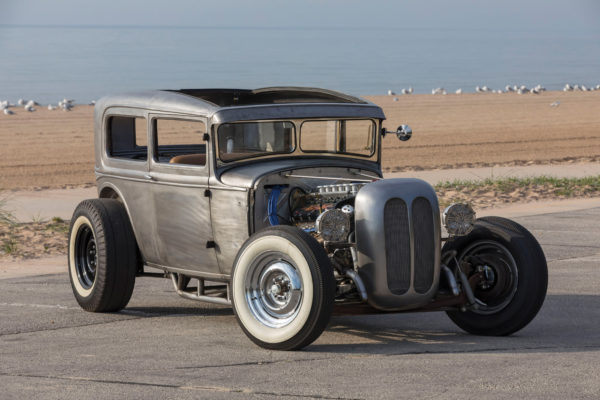
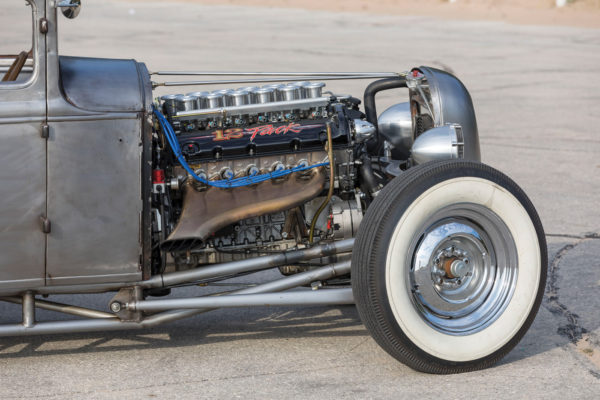
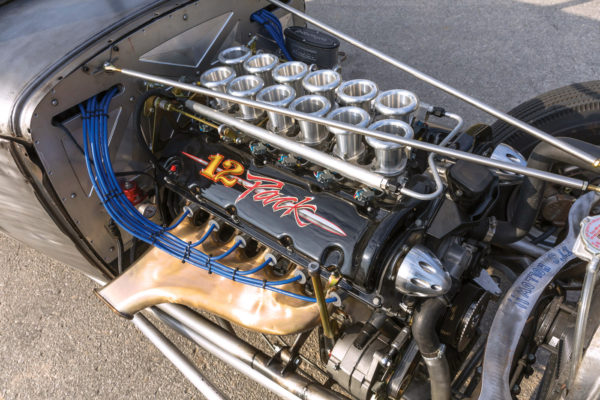
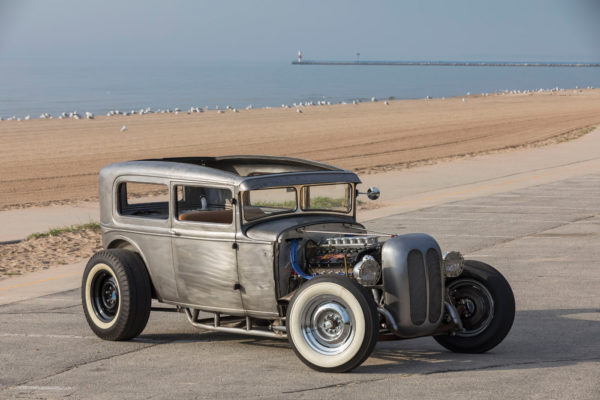
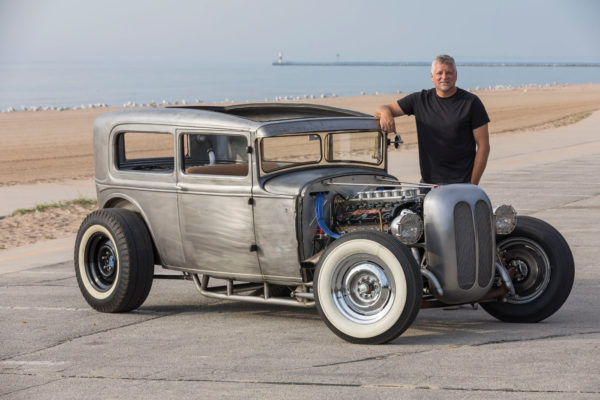
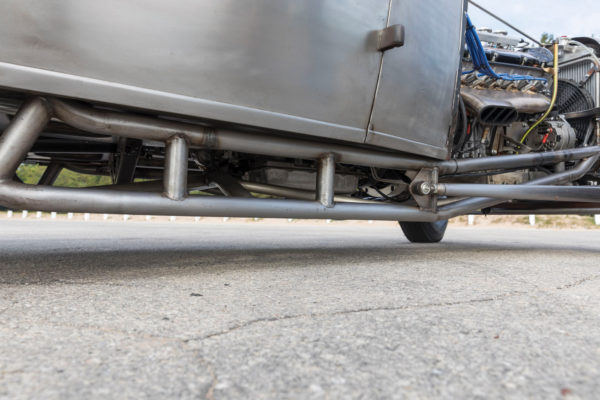
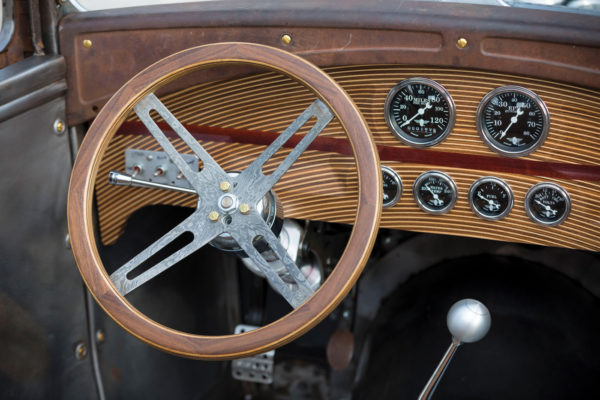
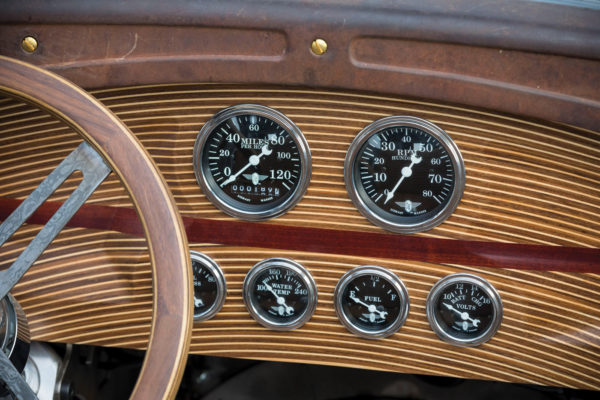
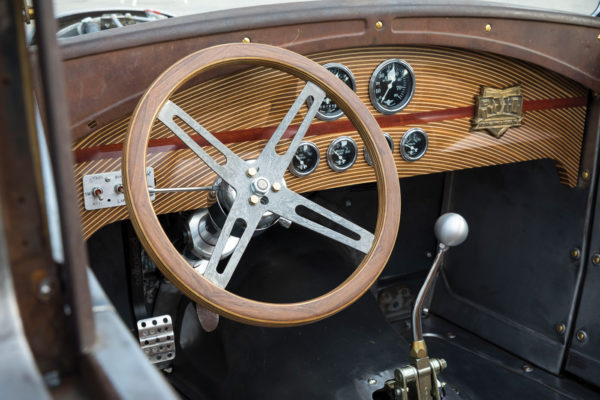
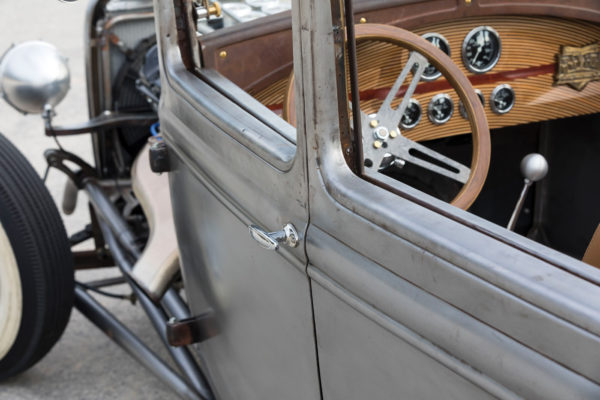
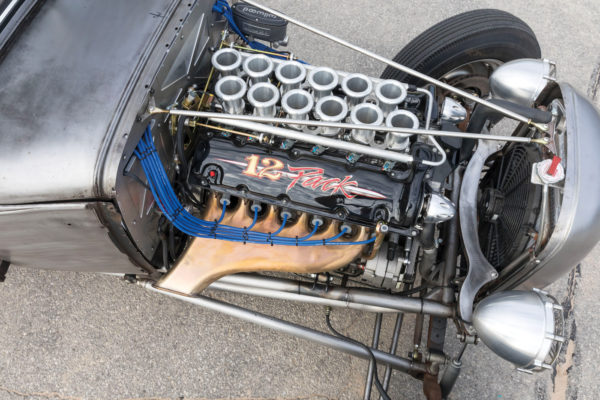
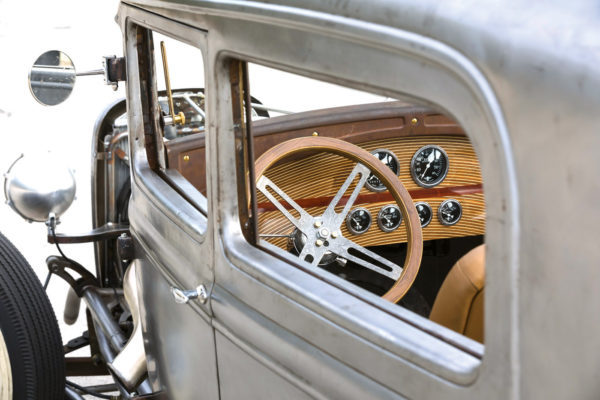
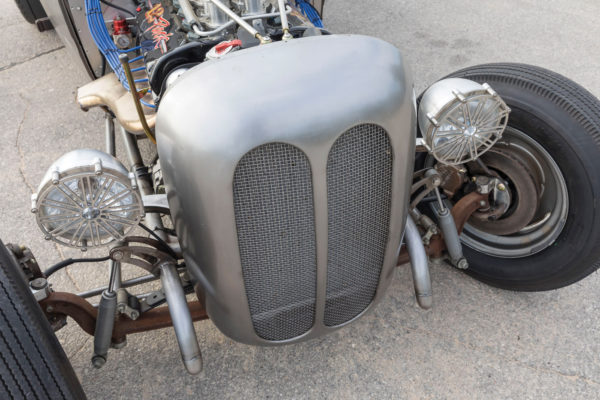
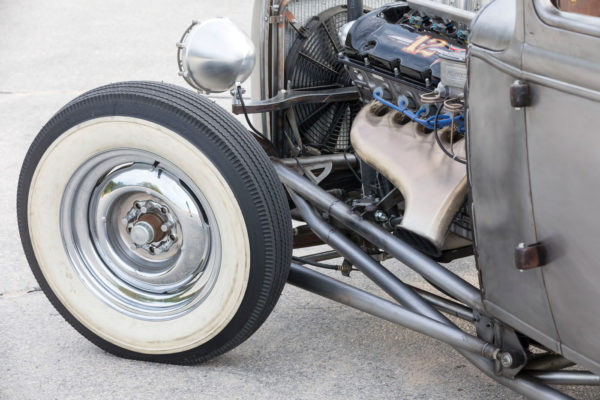
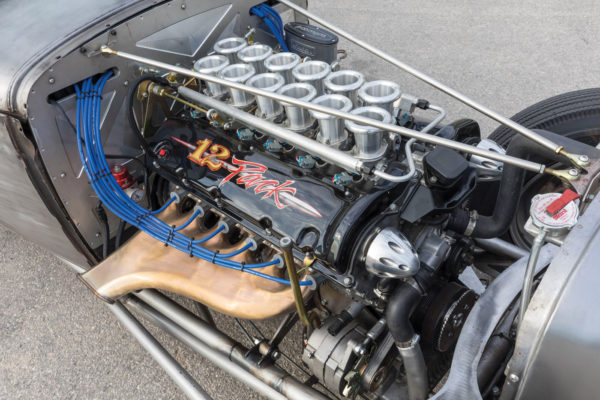
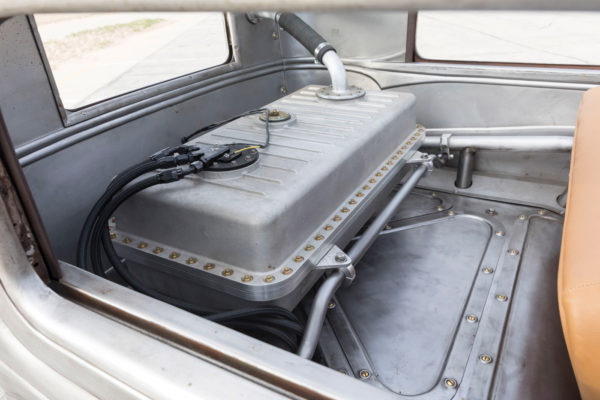
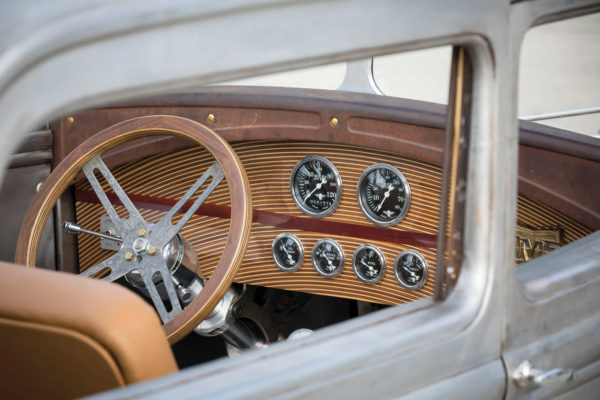
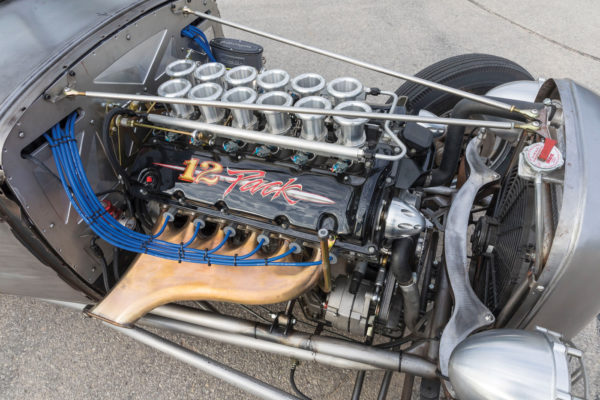
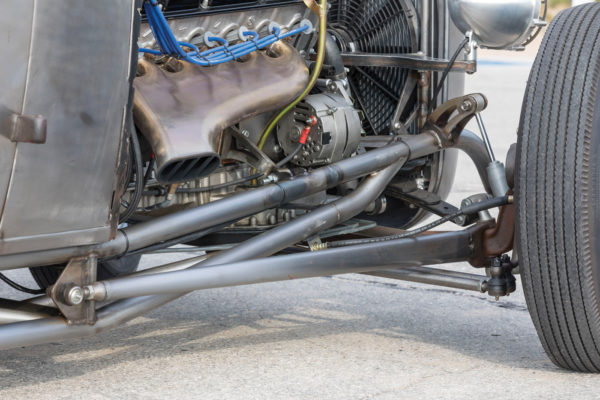
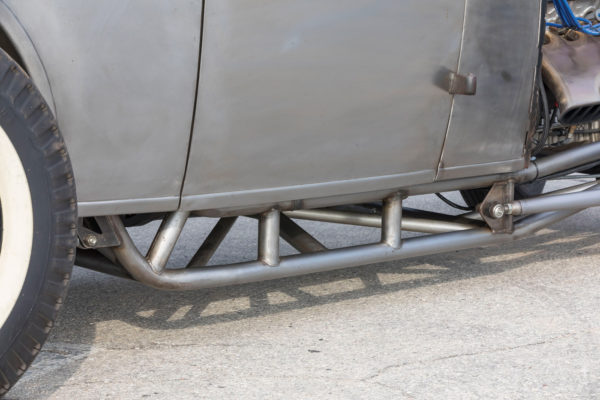
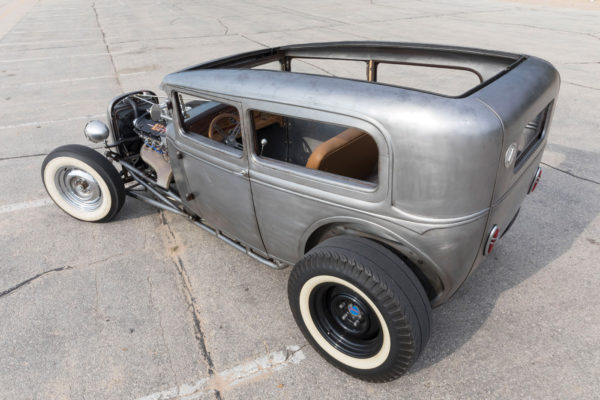
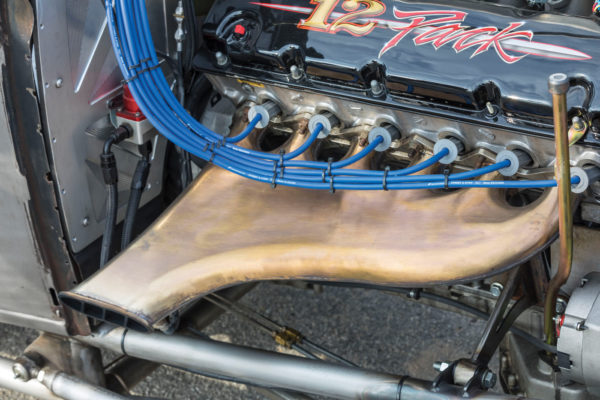
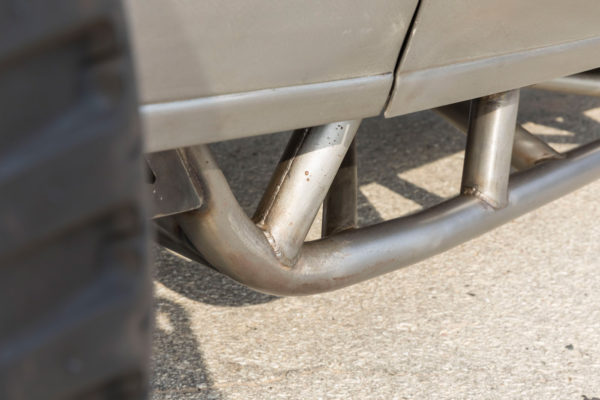
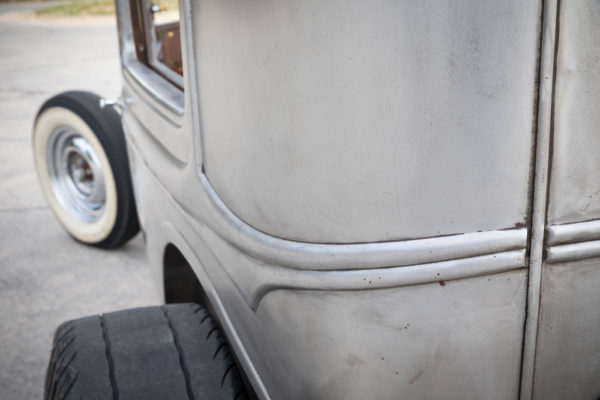
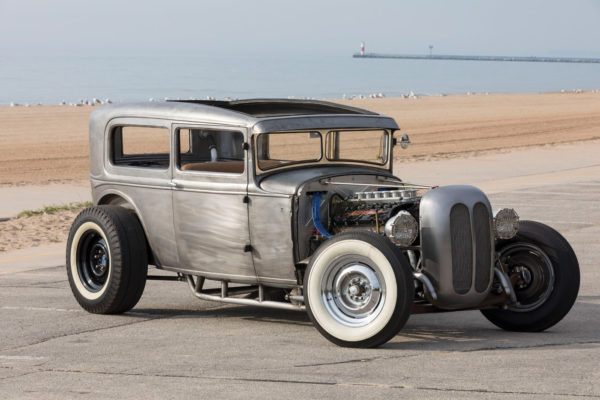
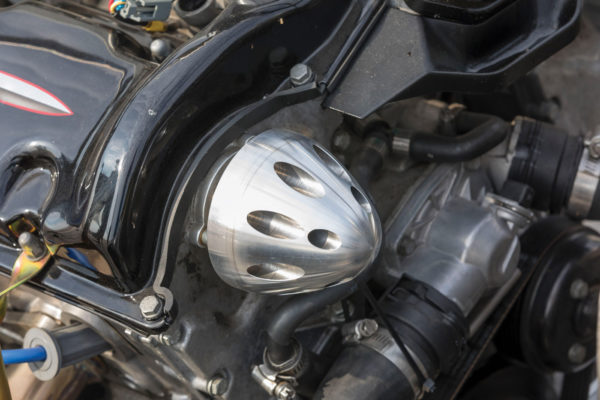
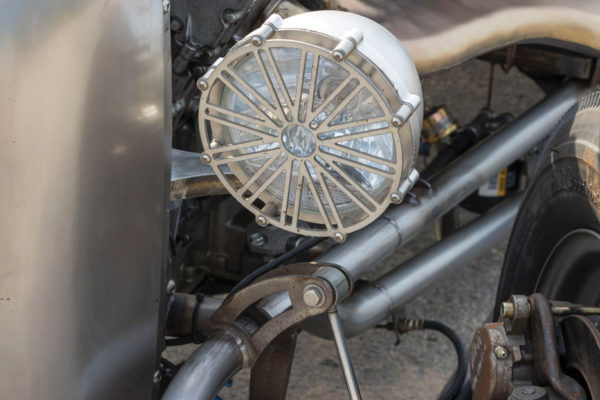
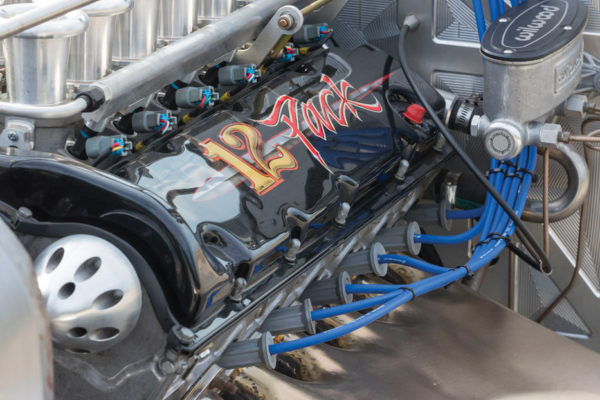
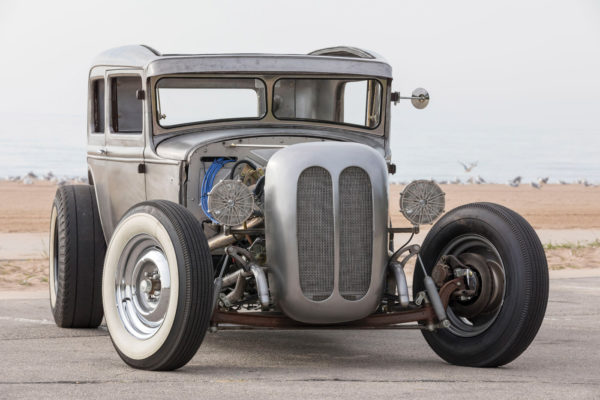
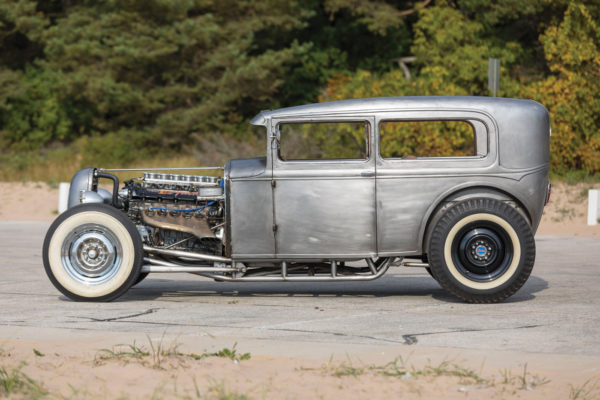
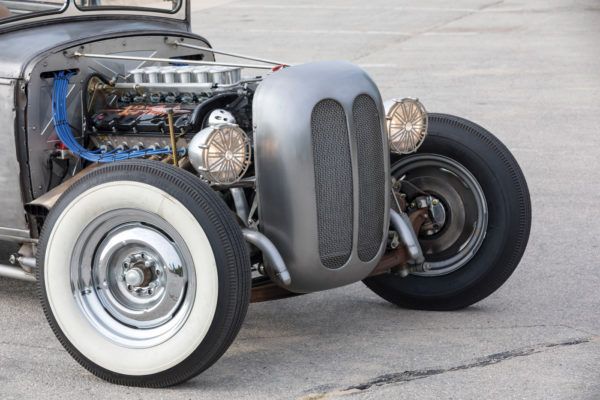
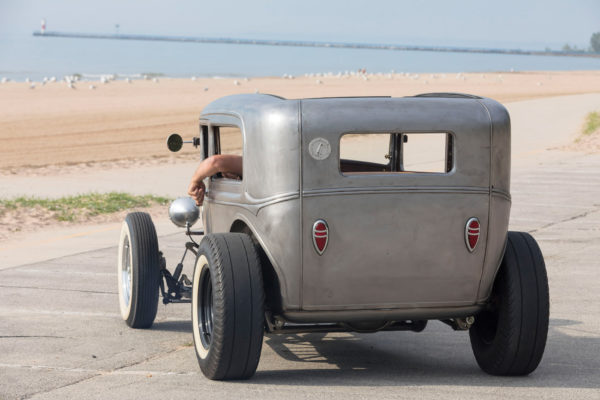
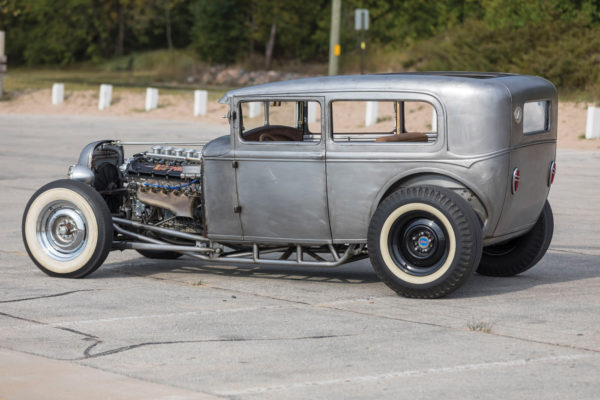
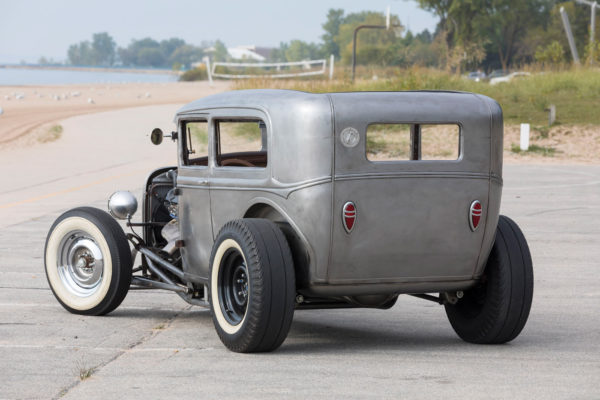
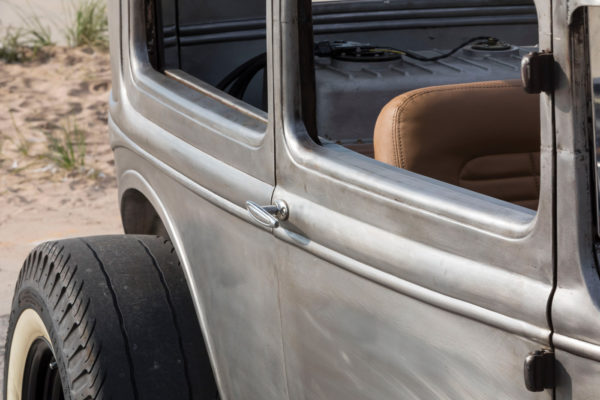
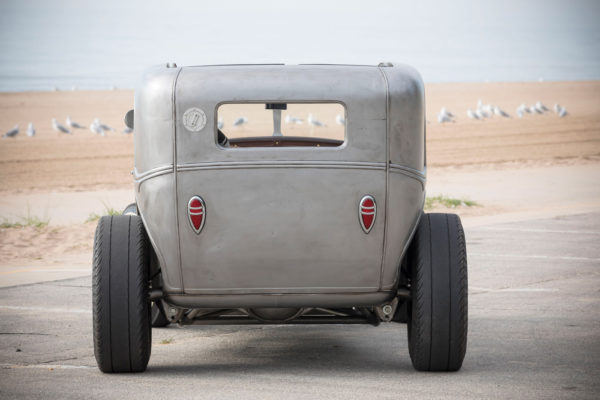
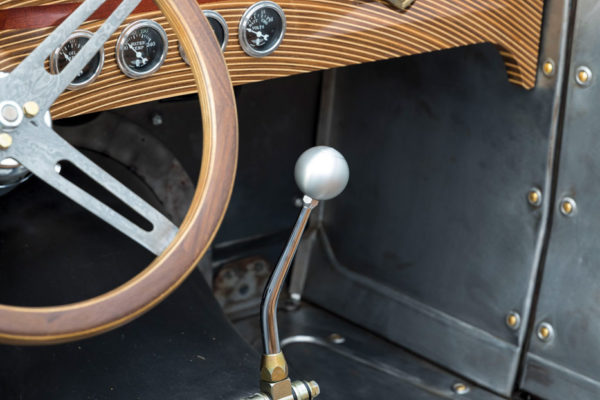
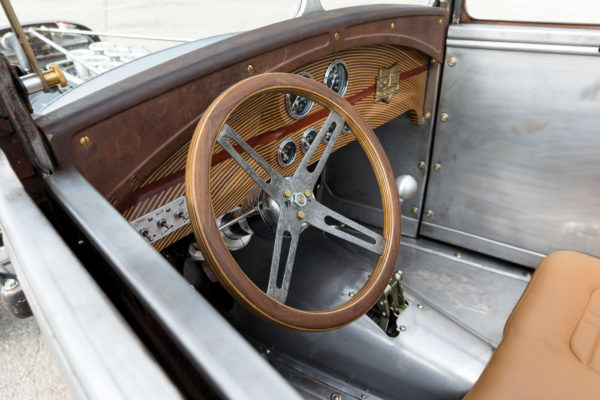
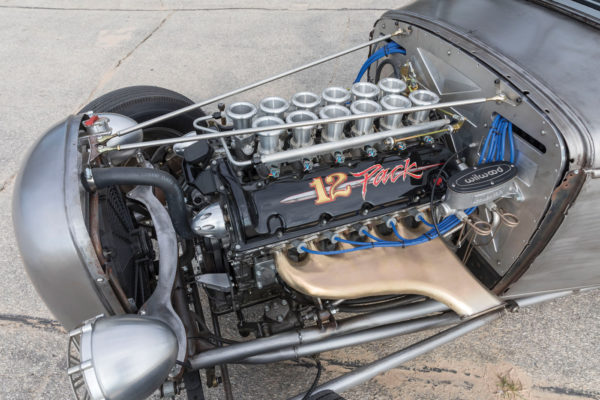
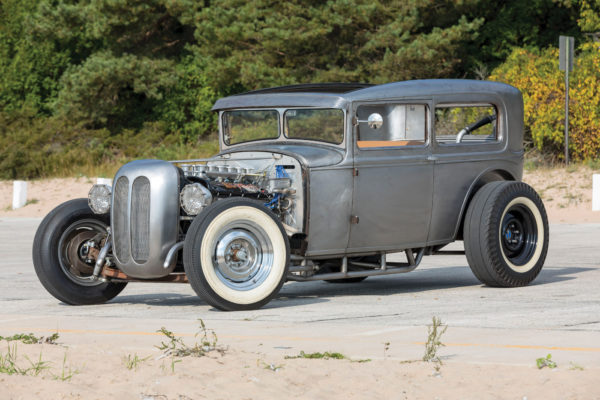
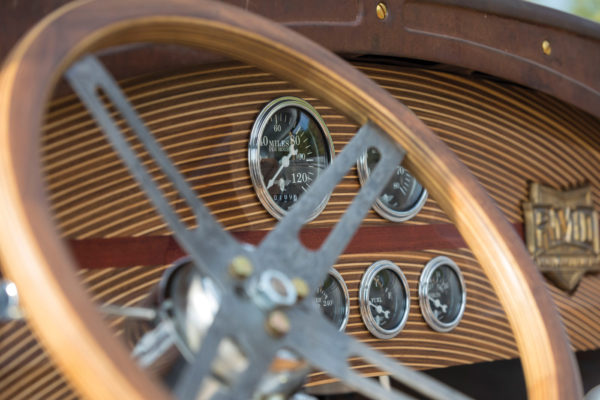
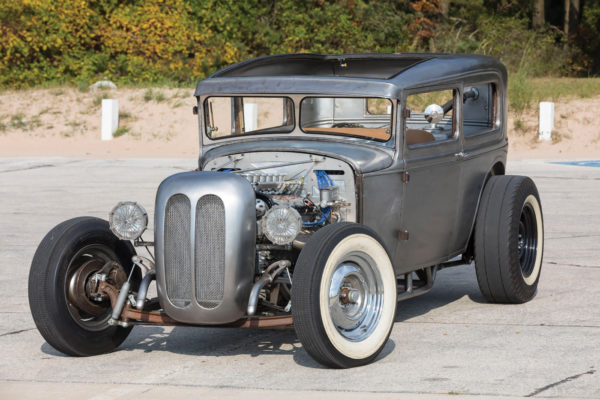
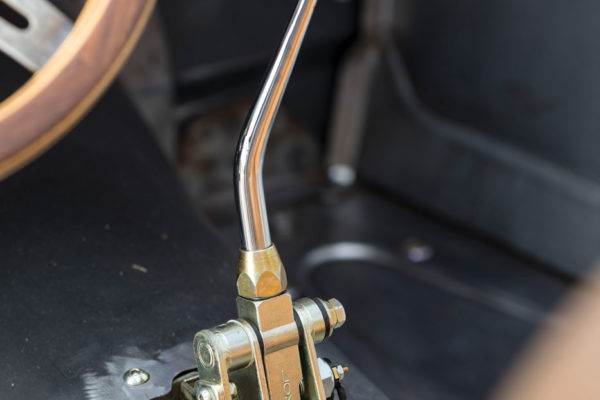
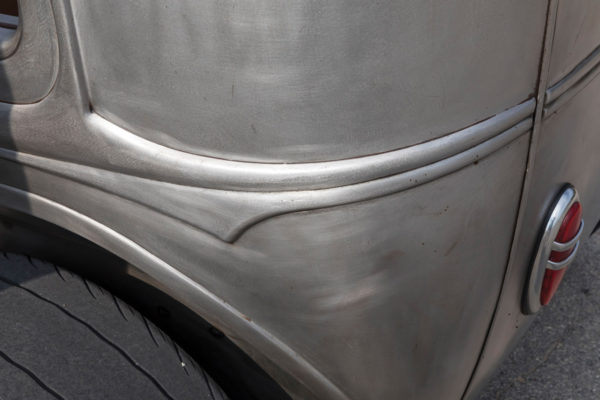
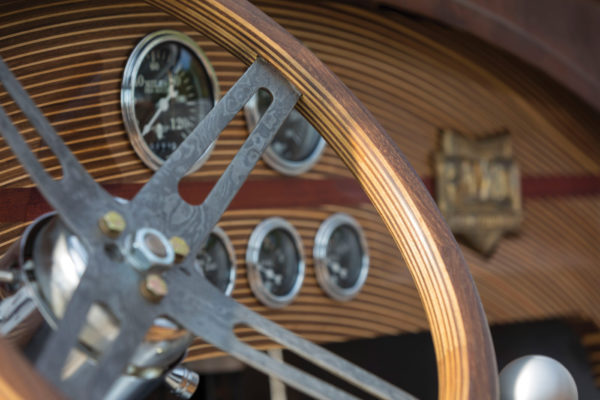
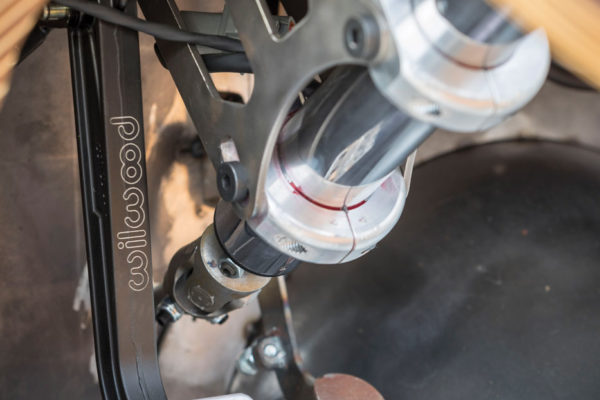
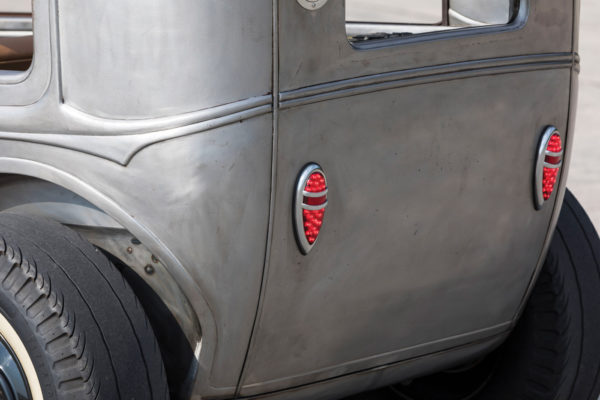
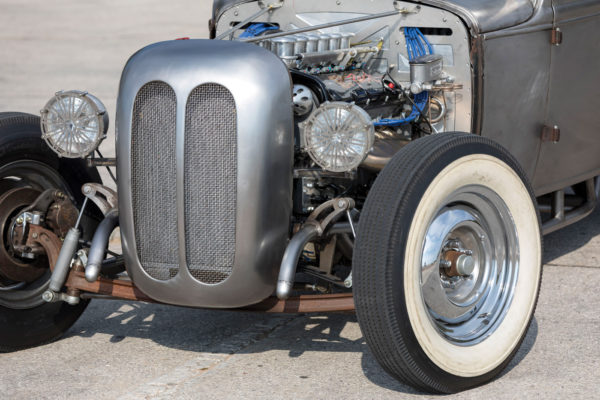
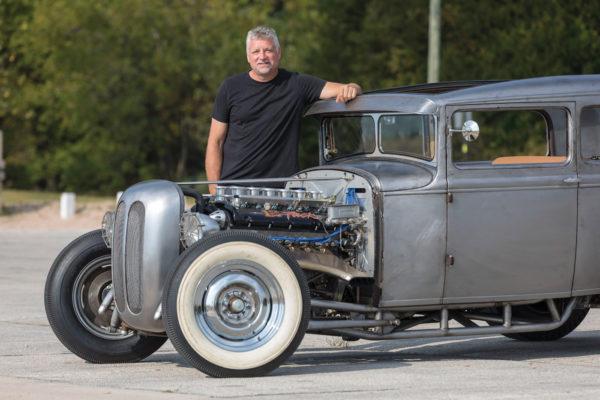
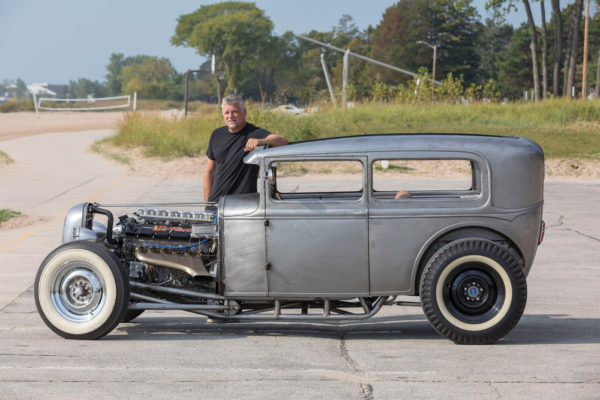
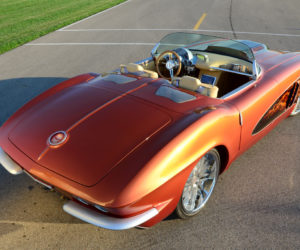
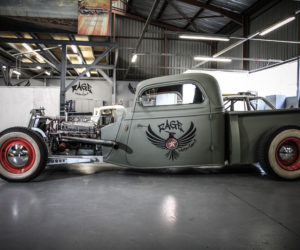
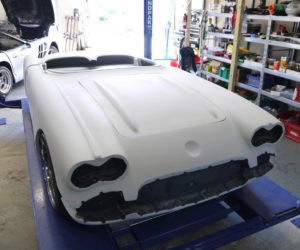
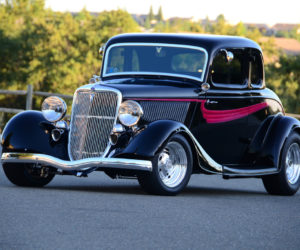
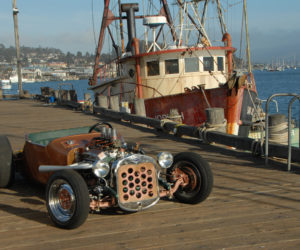
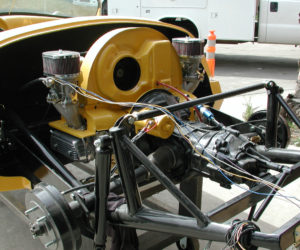




Comments for: Community Project
comments powered by Disqus